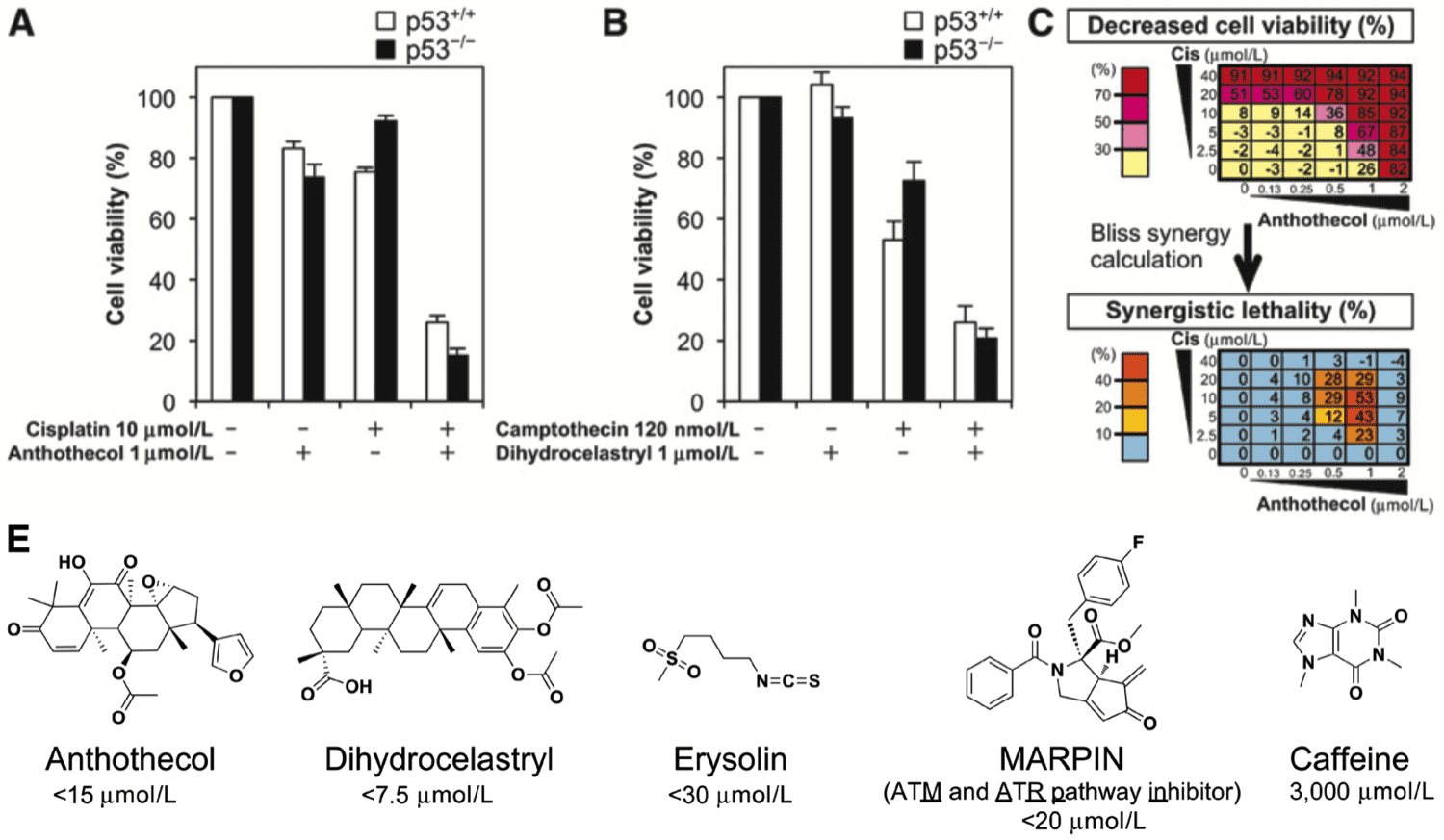Highlights Merkel cell carcinoma (MCC) is an aggressive cutaneous malignancy with a recurrence rate of…
Abstract
Humanin (HN) is a newly identified neuroprotective peptide that specifically suppresses Alzheimer’s disease (AD)-related neurotoxicity. HN peptide has been detected in the human AD brain as well as in mouse testis and colon by immunoblot and immunohistochemical analyses. By means of yeast two-hybrid screening, we identified TRIM11 as a novel HN-interacting protein. TRIM11, which is a member of protein family containing a tripartite motif (TRIM), is composed of a RING finger domain, which is a putative E3 ubiquitin ligase, a B-box domain, a coiled-coil domain and a B30.2 domain. Deletion of the B30.2 domain in TRIM11 abolished the interaction with HN, whereas the B30.2 domain alone did not interact with HN. For their interaction, at least the coiled-coil domain was indispensable together with the B30.2 domain. The intracellular level of glutathione S-transferase-fused or EGFP-fused HN peptides or plain HN was drastically reduced by the coexpression of TRIM11. Disruption of the RING finger domain by deleting the first consensus cysteine or proteasome inhibitor treatment significantly diminished the effect of TRIM11 on the intracellular level of HN. These results suggest that TRIM11 plays a role in the regulation of intracellular HN level through ubiquitin-mediated protein degradation pathways.


